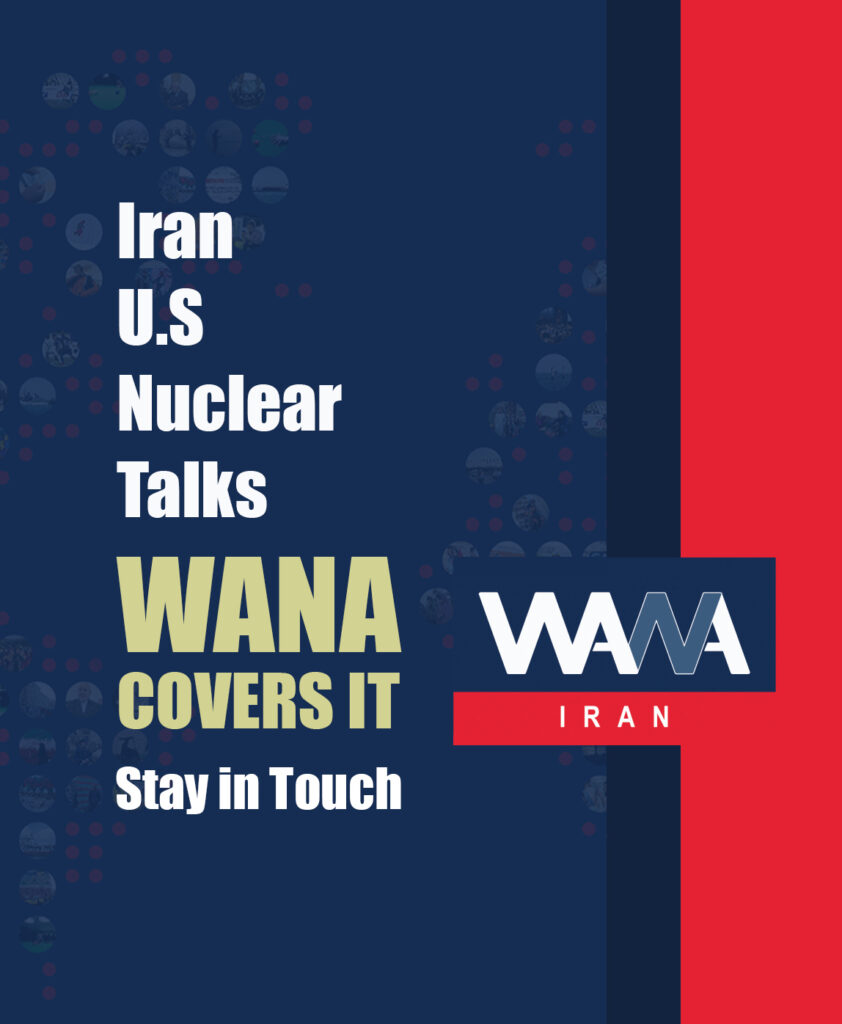How World Leaders Use Clothing as Political Strategy
WANA (Apr 22) – In the theater of global politics, every gesture is scrutinized, and every outfit tells a story. From minimalist jackets to ceremonial robes, what leaders wear is never just a matter of personal taste.
In an age where optics can shape policy as much as words, the wardrobe becomes a powerful tool. Behind every collar, button, and color lies a message crafted for audiences both at home and abroad.
Let’s explore how several world leaders have used their clothing as a powerful form of non-verbal communication, from commanding red ties to iconic jackets, illustrating how fashion, too, can serve the machinery of politics.
Mahmoud Ahmadinejad’s Jacket
Former Iranian president Mahmoud Ahmadinejad is remembered as much for his unconventional style as for his rhetoric. Eschewing the typical presidential suit, he frequently donned a simple khaki or beige windbreaker. Over time, this unpretentious jacket became his signature look—an emblem of simplicity and connection with the common people.
The symbolism was clear: Ahmadinejad wanted to project himself as a man of the people, not a companion of elites. His conscious avoidance of lavish clothing underscored his populist leanings and suggested an allegiance with the “downtrodden” rather than the privileged classes.
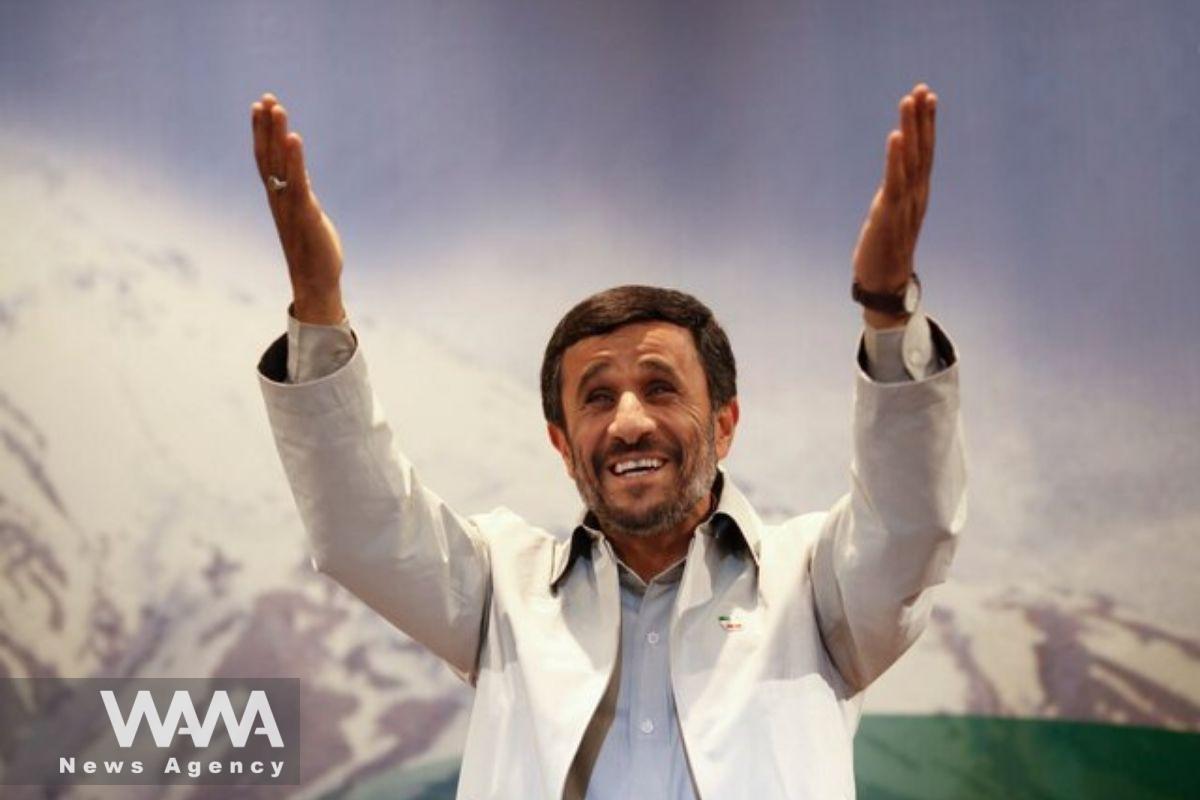
Former Iranian president Mahmoud Ahmadinejad. Social media/ WANA News Agency
Joe Biden’s Classic Style
Former U.S. President Joe Biden is best known for his classic style: well-tailored navy or black suits paired with ties in hues of blue or red. At first glance, his appearance may seem traditional, even conservative, but it’s carefully curated to send distinct messages.
His iconic aviator sunglasses have become an inseparable part of his public image, often seen when he steps off Air Force One or appears at informal events. They evoke a sense of cool confidence and approachability, hailing back to his youth and idealistic 1960s spirit.
On occasion, he has been spotted wearing a leather bomber jacket adorned with the presidential seal, reinforcing his role as commander-in-chief. From flag lapel pins to the choice of tie color, every detail is designed to balance the gravitas of his office with a sense of warmth and reliability.
Vladimir Putin
Russian President Vladimir Putin meticulously crafts his image through fashion to convey authority and control. At official events, he is consistently seen in dark, perfectly fitted suits with somber-toned ties, reinforcing his cool, disciplined persona. Nothing in his outfit is out of place—everything is neat, formal, and calculated.
But Putin’s wardrobe goes beyond the boardroom. He has famously adopted bold visual tactics to present himself as a “man of action”: shirtless horseback rides in the Siberian tundra, martial arts in a judo gi, and black flight jackets during military drills. These choreographed moments are part of a larger Kremlin strategy to project strength, virility, and physical readiness.
Even the luxury watches he wears or the finely tailored coats at public ceremonies communicate a silent message of wealth, confidence, and power. Whether dressed in a statesman’s suit or the gear of an adventurer, Putin consistently reinforces a personal brand built on dominance, control, and masculinity.
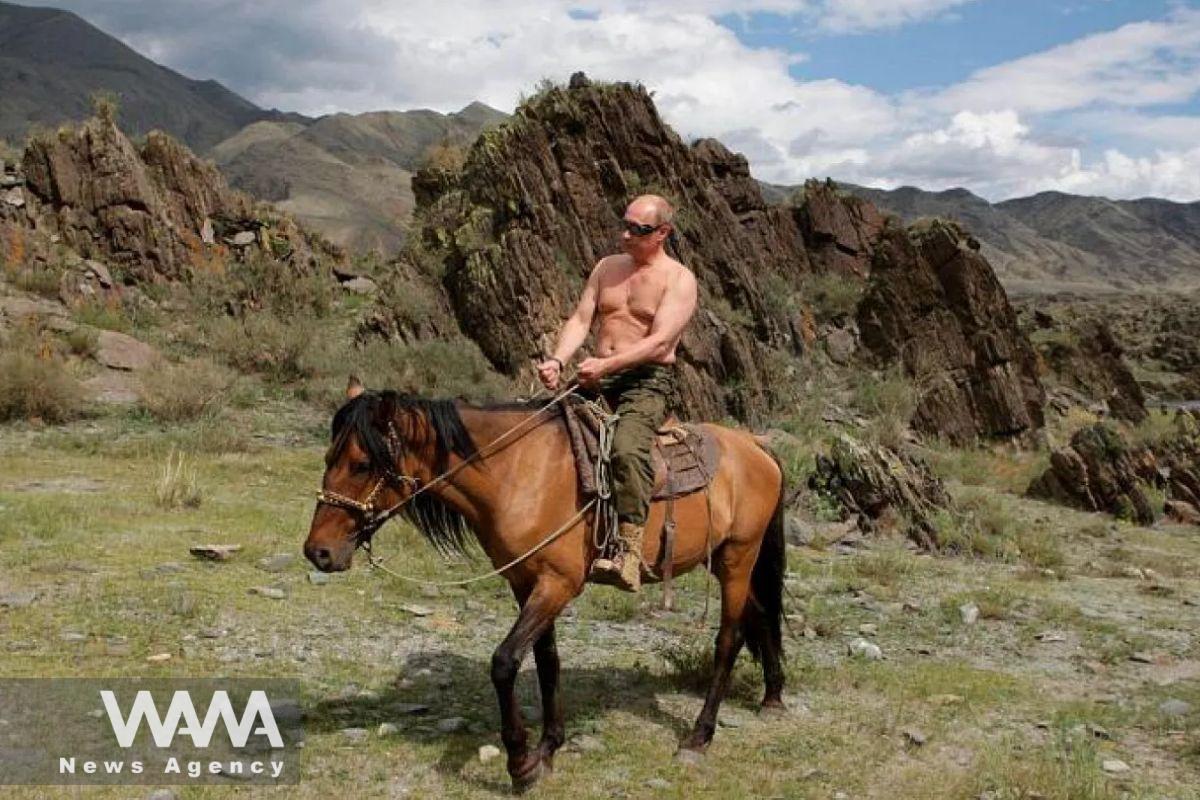
Russian President Vladimir Putin. Social media/ WANA News Agency
Volodymyr Zelensky’s Olive Uniform
Ukrainian President Volodymyr Zelensky has exemplified how a leader’s wardrobe can evolve in response to national crisis. Before the 2022 war with Russia, he appeared in classic suits and crisp shirts, appropriate for diplomatic engagements. But since the outbreak of war, his look has transformed.
Zelensky is now almost exclusively seen in olive-green t-shirts or sweatshirts, paired with military-style khaki pants and combat boots—an outfit reminiscent of the soldiers on Ukraine’s frontlines. This wartime uniform has become central to his international image, with the olive-green shirt now widely recognized as a symbol of Ukraine’s resistance.
Xi Jinping
China’s President Xi Jinping balances traditional party symbolism with modern diplomatic polish. At international summits, he typically wears dark suits and ties, aligning him visually with other global leaders and portraying him as a statesman of global stature.
But during key domestic events, Xi often shifts away from Western styles. He sometimes opts for the high-collared “Mao suit,” as seen during the grand military parade marking the 70th anniversary of the People’s Republic of China. In a gray jacket with a closed collar, he stood as the embodiment of revolutionary continuity.
This attire, which has become synonymous with the Chinese Communist Party, signals loyalty to party values and heritage. Yet when Xi dons a suit and tie for global forums, he sends a different message: openness and engagement with the world. These sartorial shifts reflect Xi’s nuanced awareness of his audience, highlighting Chinese identity at home and projecting international statesmanship abroad.
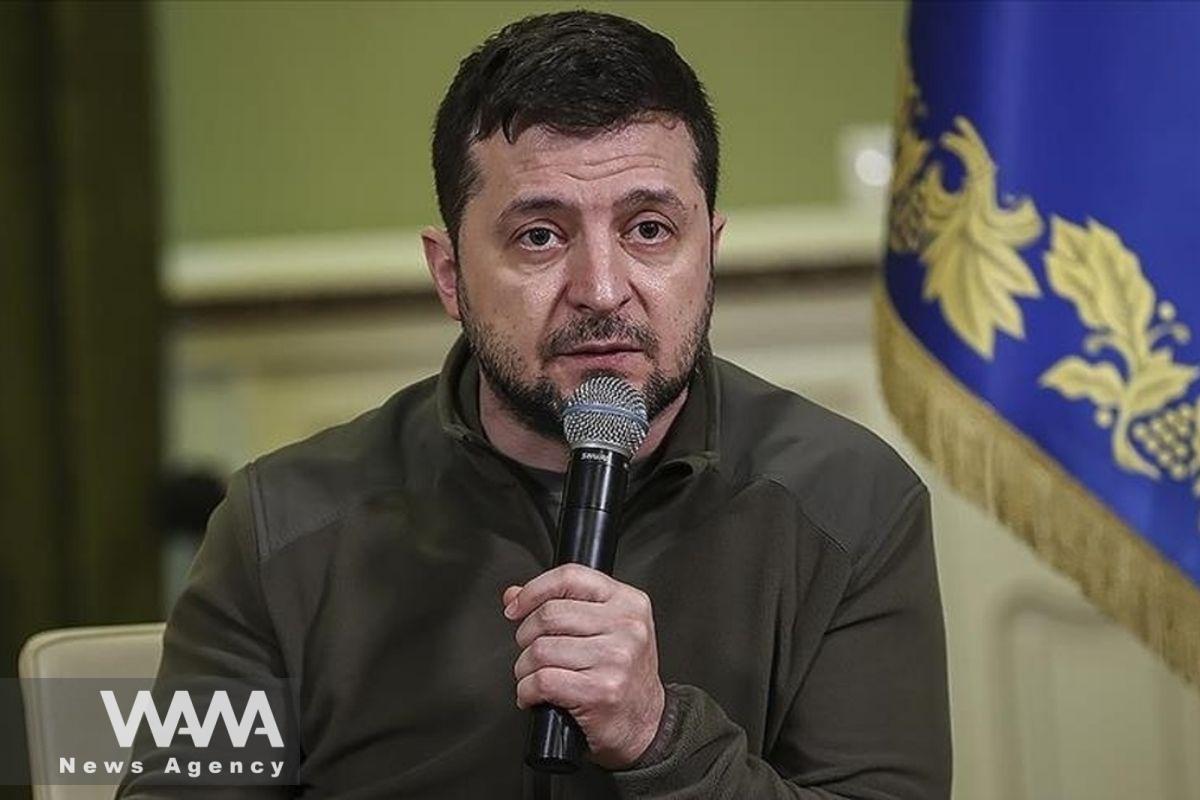
Ukrainian President Volodymyr Zelensky. Social media/ WANA News Agency
Mohammed bin Salman
Saudi Crown Prince Mohammed bin Salman blends tradition and modernity in his public appearance. In domestic and ceremonial contexts, he is often seen in the customary white thobe, headscarf (shemagh), and occasionally a flowing bisht cloak—outfits that reinforce his legitimacy as a royal and guardian of national traditions.
Official portraits of him bowing before King Salman in traditional garb underscore his fidelity to the monarchy’s heritage. But abroad, a different image emerges. During visits to Silicon Valley or European capitals, he sometimes wears sleek Western suits, projecting a modern, reform-minded persona.
This duality in dress is strategic: at home, he is the religiously grounded leader; abroad, a progressive CEO-style reformer. His clothing choices help manage these two distinct narratives.
Kim Jong Un: Dressing for Dynastic Continuity
North Korean leader Kim Jong Un has remained loyal to a specific style from the outset of his rule: the high-collared Mao-style suit. Often in dark or gray tones, this outfit is a deliberate echo of his grandfather Kim Il-sung and father Kim Jong-il, founders of the regime.
The consistency of this look sends a clear signal: the uninterrupted legacy of the Kim dynasty. Rarely, if ever, does Kim appear in Western clothing. Even during historic meetings with South Korean or U.S. President Trump, he stuck to the same traditional outfit. On occasion, he adds a lapel pin bearing the images of his forebears— his dad and grandfather — reinforcing his authority as their heir.
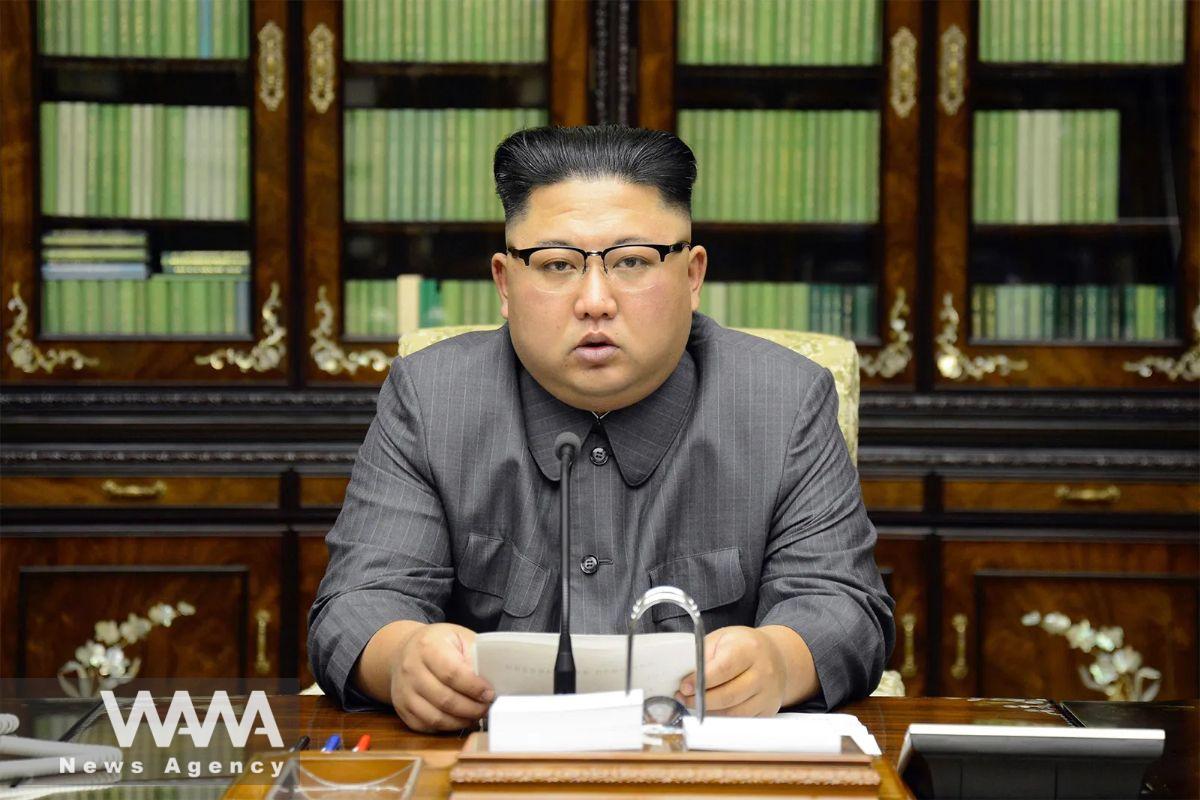
North Korean leader Kim Jong Un. Social media/ WANA News Agency
Fashion as Soft Power
These political wardrobes reveal that clothing is far more than a matter of personal taste or protocol. In the theater of politics, attire becomes a critical tool of soft power—a way to express authority, solidarity, heritage, or progress.
World leaders are acutely aware of this. Their closets have become curated collections of symbolic tools. From the fiery red tie that asserts dominance to the humble jacket that signals kinship with the masses, clothing has become a potent medium through which politics is performed—and perceived—in the modern age.


